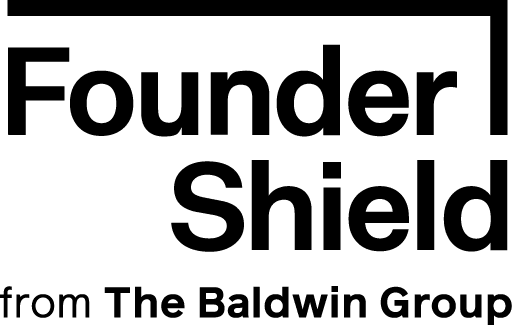Key Takeaways
At Founder Shield, we pride ourselves on getting our clients in front of underwriters immediately. But as we present our clients to underwriters for quoting, we get a lot of questions about what’s going on under the hood. To clear the air, here’s a quick and basic overview of the process and to tools that brokers use to place policies and how a startup insurance policy is born.
1. Rating Systems
The is the first offensive that brokers employ is the rating system. Rating systems are online portals to carrier websites that allow the broker to log in and quote policies. Not all insurance carriers have these, but most of the major admitted carriers do (Travelers, The Hartford, CNA…).
Brokers will log in to their account after being appointed by the carrier to submit policies for underwriting. The client must fit certain classes of business, i.e. certain risk profiles that the carrier is comfortable underwriting. If the client fits certain criteria, the rating system will spit out a “bindable” quote, meaning the quote provided can be effective immediately upon sign-off by the client. Most of the time, the quote must be “referred” to the assigned underwriter for approval. Usually, this results in some back-and-forth questioning before approval or denial.
Rating systems are usually the most expedient way of quoting policies provided the client fits into an acceptable class of business. However, it can be a bit of an iterative process because there is no universal rating system. The broker has to log in and enter the data into each individual system. Furthermore, approval rates can vary by the underwriter assigned to the account. Depending on how many rating systems need to be used and what kind of follow-up questions are received, time can still add up using this method. I can’t tell you how frustrating it is to put a client through a rating system and multiple rounds of questions only to be denied in the end. Starting from scratch is rough!
2. Wholesalers
Wholesalers are a great tool for brokers. Basically, these folks focus their energy on building great relationships with a niche selection of carriers. There are cyber liability wholesalers, D&O wholesalers, Technology E&O wholesalers, etc…
Wholesalers act as a pivot point between brokers and underwriters. Brokers can send a client to the wholesaler who then immediately sends the clients out to multiple markets, increasing the chance of a quick turnaround. They usually have long personal relationships with specific underwriters at their choice carriers, and those relationships can be indirectly leveraged by the broker for their clients.
Clients enjoy all the benefits without any drawbacks. They receive top-notch coverage, equivalent to what they’d get if their broker connected with the carrier directly. Brokers earn a reduced commission for efficiently securing policies for their clients. Despite this, the process can still involve iterations, with underwriters posing multiple rounds of follow-up questions to ensure effective risk handling methods.
3. Direct
Carriers without rating systems can still be accessed directly as long as the broker is appointed with the carrier. This is often done the “old-fashioned” way: paper applications and fax machines. Personally, I find the thought of a fax machine horrifying, so even when we take this route we use digital forms and e-signatures to get the job done faster. There can also be follow-up questions with this method, and there often are. Again, it’s all about finding the right underwriter and the right carrier the first time around.
All three of these methods are leveraged by brokers to get quotes for clients. Unfortunately, whenever follow up questions are asked, it usually pushes the application to the bottom of the pile until the underwriter gets around to it again. Very frustrating!
So there’s the basic overview of how a startup insurance policy is born. Depending on the coverage requested, a policy can be quoted in a day or a month. Typically we find that the more disruptive your company is, the more of a challenge it is to place a policy. That’s a good thing though! It means you’re doing something right and breaking the “system.” Carry on, awesome company founder.
To learn more, you can always reach out to a member of our team by emailing info@foundershield.com at any time. Or create an account here in order to get a quote for a comprehensive program that protects your business











